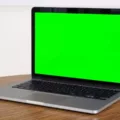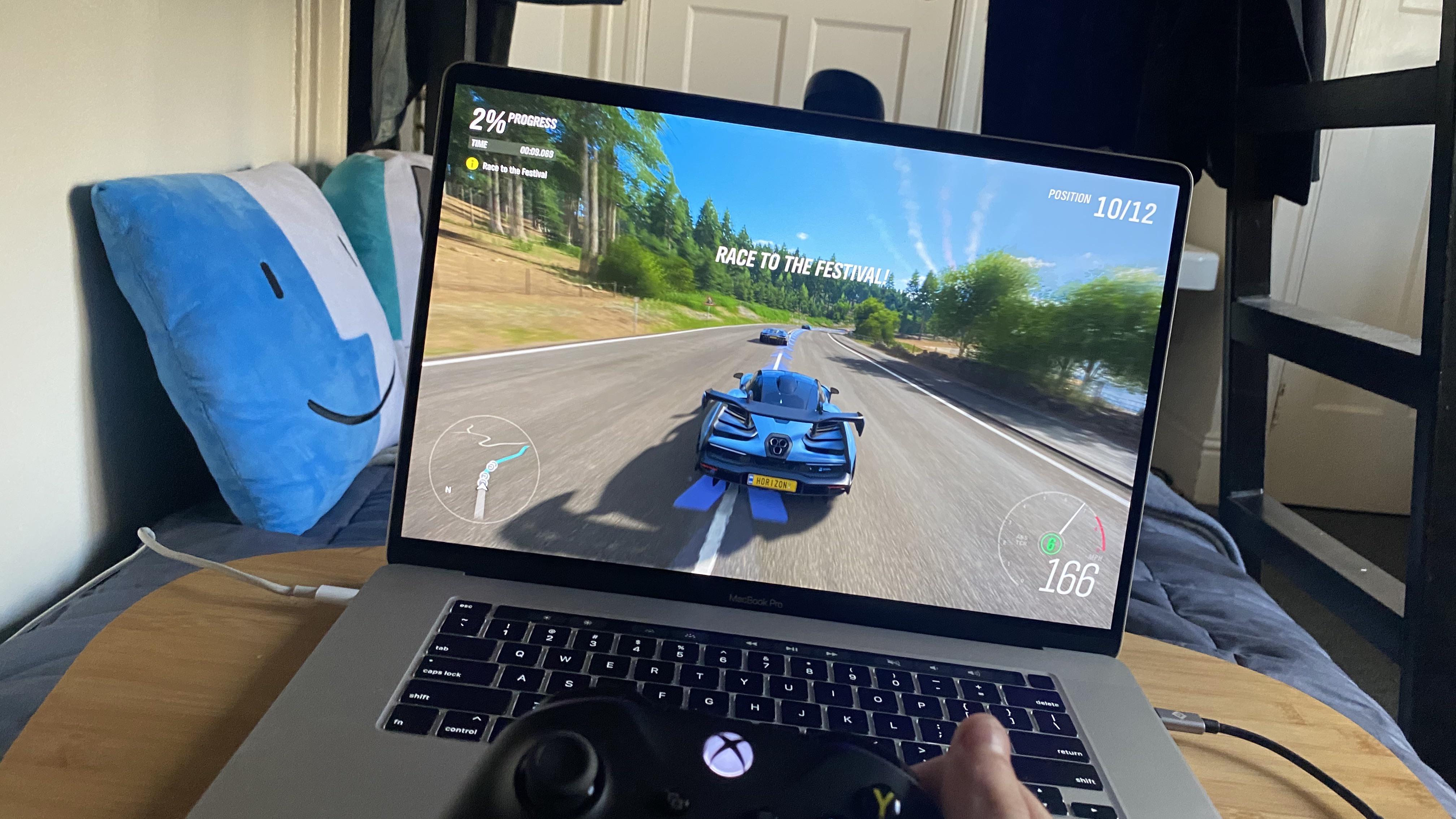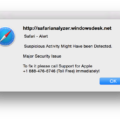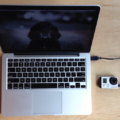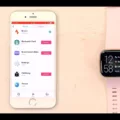Are you having issues with your MacBook Pro’s screen turning purple? It’s not a common problem, but it is one that can be frustrating and cause you to worry about the well-being of your laptop. Fortunately, there are some steps you can take to troubleshoot and fix the issue.
First things first, if your MacBook Pro screen is flickering purple or has other lines on the Mac screen, then it could be due to outdated or improperly installed graphic card drivers. To update these drivers, you need to install the latest macOS version. To do this, go to System Preferences > Software Update and make sure your device is using the latest version.
Once updated, restart your MacBook (Apple Logo > Restart) and see if this resolves the issue. If not, try resetting the SMC (System Management Controller) of your MacBook. This will reset certain hardware settings such as power management options and may help fix the issue. To reset the SMC, shut down your Mac then press and hold down the Shift-Control-Option keys along with the Power button for 10 seconds. Then turn on your Mac again by pressing the Power button normally.
If none of these solutions work for you then try resetting the NVRAM (Non-Volatile Random Access Memory). This will restore certain settings such as sound volume, display resolution, etc., to their default values which might help fix the problem. To reset NVRAM, shut down your Mac then press the Command-Option-P-R keys together for around 20 seconds until you hear a startup sound twice or thrice in succession before releasing all four keys at once.
Finally, if all else fails then try connecting an external monitor to your MacBook Pro using a Mini DisplayPort or USB Type-C adapter/cable (depending on which port type is available on both devices). If an external monitor works without any issues then it could mean that there is something wrong with your internal display assembly which would require repair from Apple or an authorized service provider in order to get fixed properly.
We hope that this article has helped shed some light on how to address issues related to a purple screen on a MacBook Pro. If none of these solutions work for you then we recommend seeking professional help from Apple or an authorized service provider who can assess the situation better and provide more accurate guidance regarding what steps need to be taken in order to resolve it successfully.
Fixing a Purple Screen on a Mac
To fix a purple screen on a Mac, the first step is to complete a restart of your computer. You can do this by clicking the Apple logo in the top left corner, then selecting Restart. If restarting does not solve the issue, then try booting your Mac into Safe Mode. To do this, hold down the Shift key as soon as you hear the startup chime and keep it held down until your Mac completes its startup sequence. Once in Safe Mode, click the Apple logo > choose System Preferences > go to the Battery tab > deselect Automatic Graphics Switching. This should help in resolving any issues with graphics processing on your Mac.
If this doesn’t work, then you may need to reset your NVRAM (Non-Volatile Random Access Memory). To do this, shut down your Mac and hold down the Command + Option + P + R buttons at once after restarting it until you hear two chimes. After doing this, release all keys and allow your Mac to boot normally.
If none of these steps are successful in resolving your purple screen issue, you may have a hardware problem that needs to be addressed by an Apple-certified technician or an IT professional.
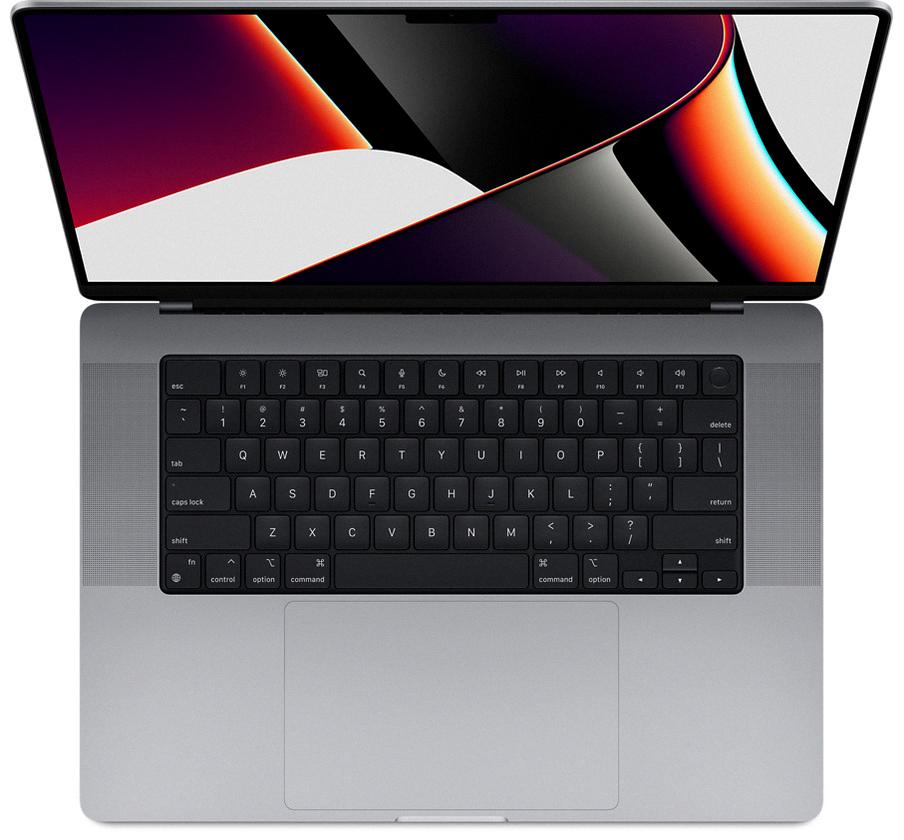
Source: apple.com
Investigating the Cause of a Purple Screen on a MacBook Pro
Your MacBook Pro screen may turn purple due to a graphics card issue. When this happens, the system is automatically switching between the integrated and discrete graphics cards which can cause the display to briefly turn purple. To prevent this from happening, you can disable Automatic graphics switching in the Energy section of System Preferences.
Investigating Glitching Issues on a Mac Computer
There are a few possible reasons why your Mac is glitching purple. The most likely cause is an outdated or improperly installed graphic card driver. Graphic card drivers are included in macOS updates, so updating to the latest version of macOS should resolve the issue. It’s also possible that the issue could be caused by a faulty display cable or port, so if updating the operating system doesn’t fix it, you may need to get your hardware checked by an Apple-certified technician.
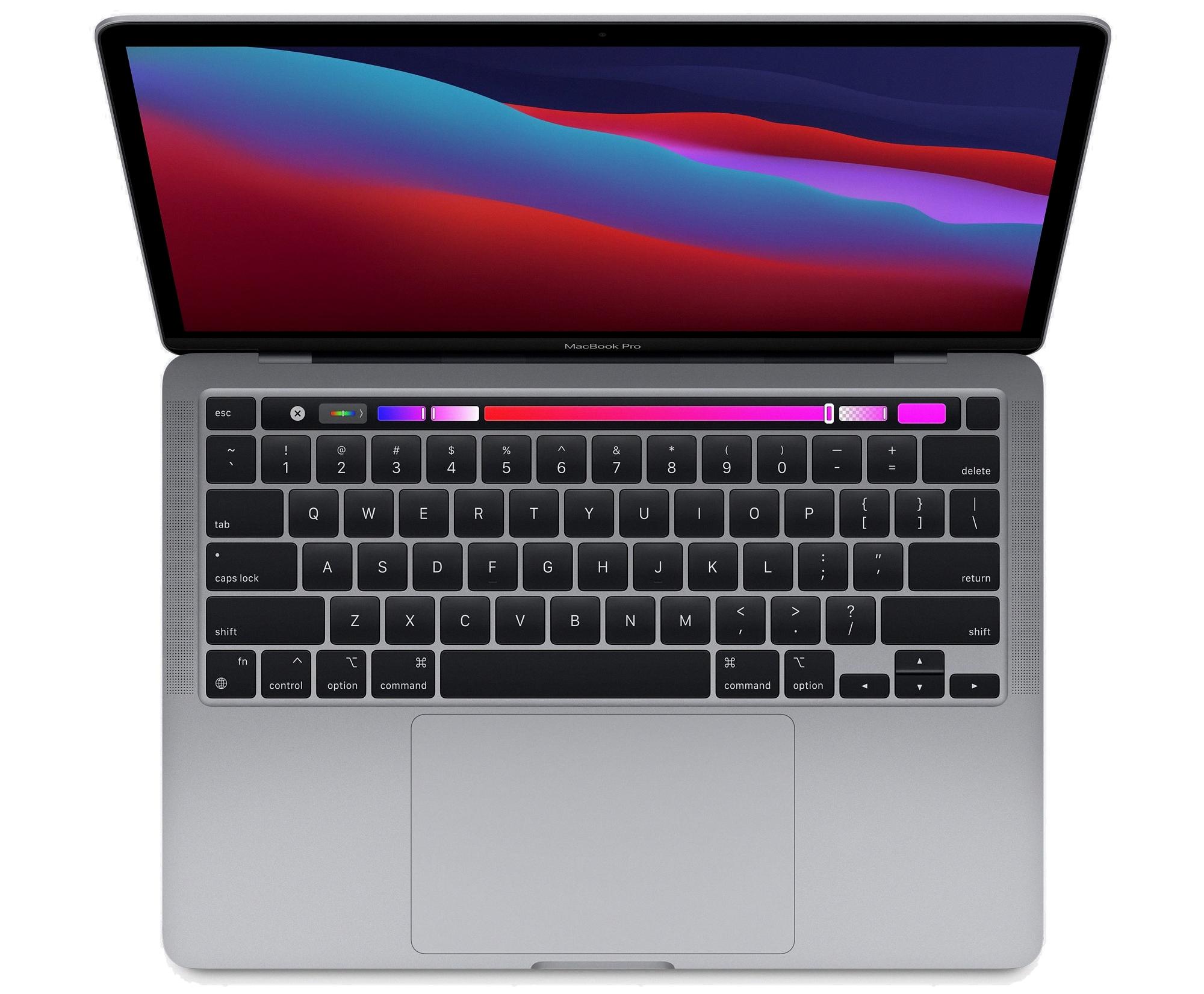
Source: macrumors.com
Investigating Causes of Purple Glitching on Laptop Screen
The purple screen of death (or glitching) is a common issue that can occur when the graphics card driver on your laptop is either corrupt or out of date. Your laptop’s graphics card driver is responsible for providing instructions to the computer’s hardware on how to display images on the display. If the driver is outdated, it may be unable to properly communicate with the other components of your system, leading to the purple screen issue. To resolve this issue, you should update your GPU driver to its latest version. You can do this by visiting your manufacturer’s website and downloading the latest driver for your specific model of laptop.
Investigating the Cause of a Pink Screen on a Mac
The pink screen issue could be due to a hardware issue with either the graphics card or the display. This could be caused by a loose connection between the two components, a faulty graphics card, or a malfunction of the display. To check if this is the case, try connecting an external display to your MacBook. If that works without any pink tint, then you are likely dealing with a hardware issue and should take it to an Apple service center for further diagnosis.
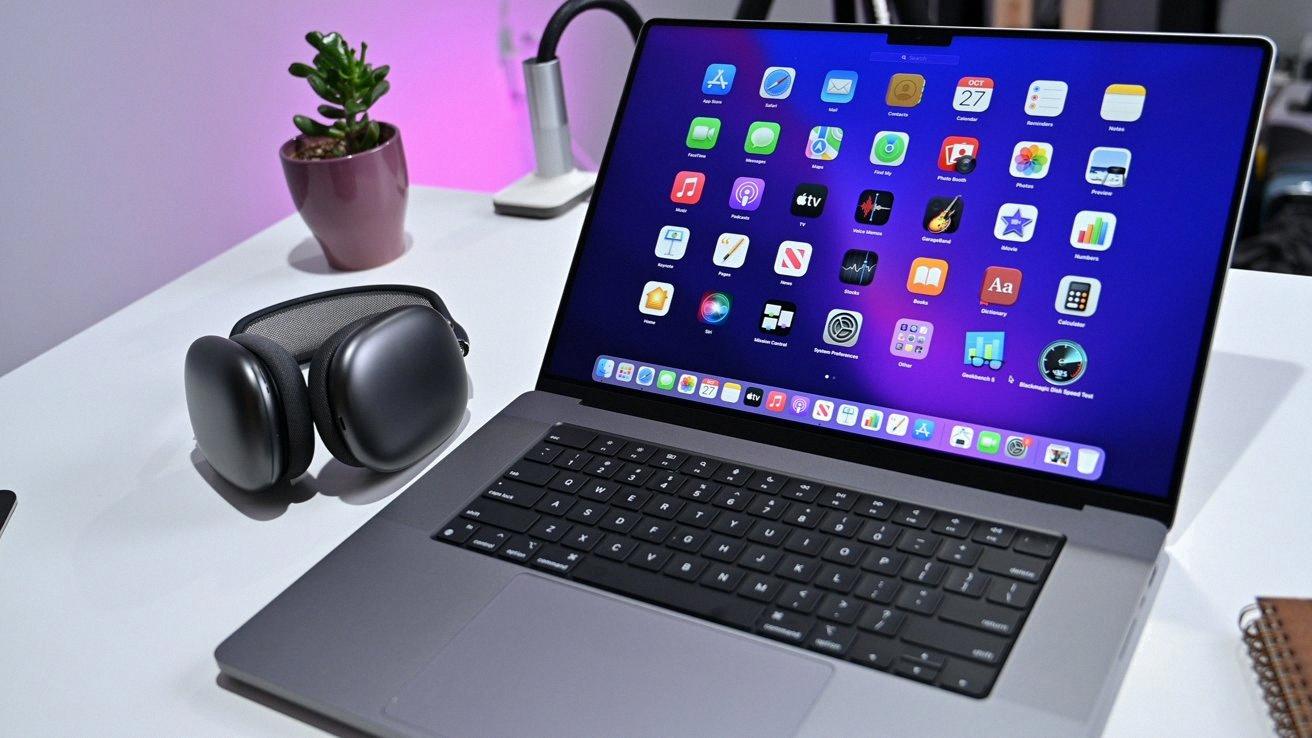
Source: appleinsider.com
Conclusion
In conclusion, if you experience a purple or pink screen on your MacBook Pro, then there are several possible causes. These include outdated graphic card drivers, a faulty system management controller (SMC), incorrect settings in System Preferences and NVRAM, or a hardware issue. To fix the issue, you should start by restarting your MacBook and checking for any pending updates. You can then try resetting the SMC and NVRAM to see if that helps. If none of these solutions work, then you may need to connect your laptop to an external monitor to troubleshoot further or contact Apple technical support.


